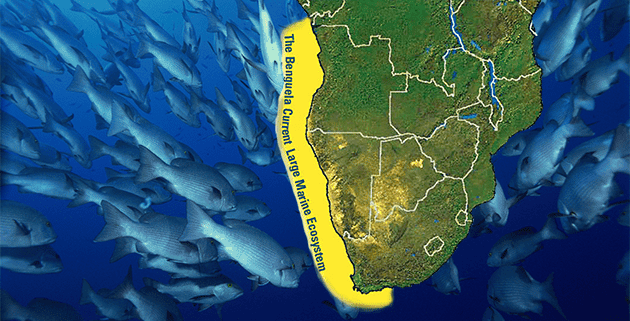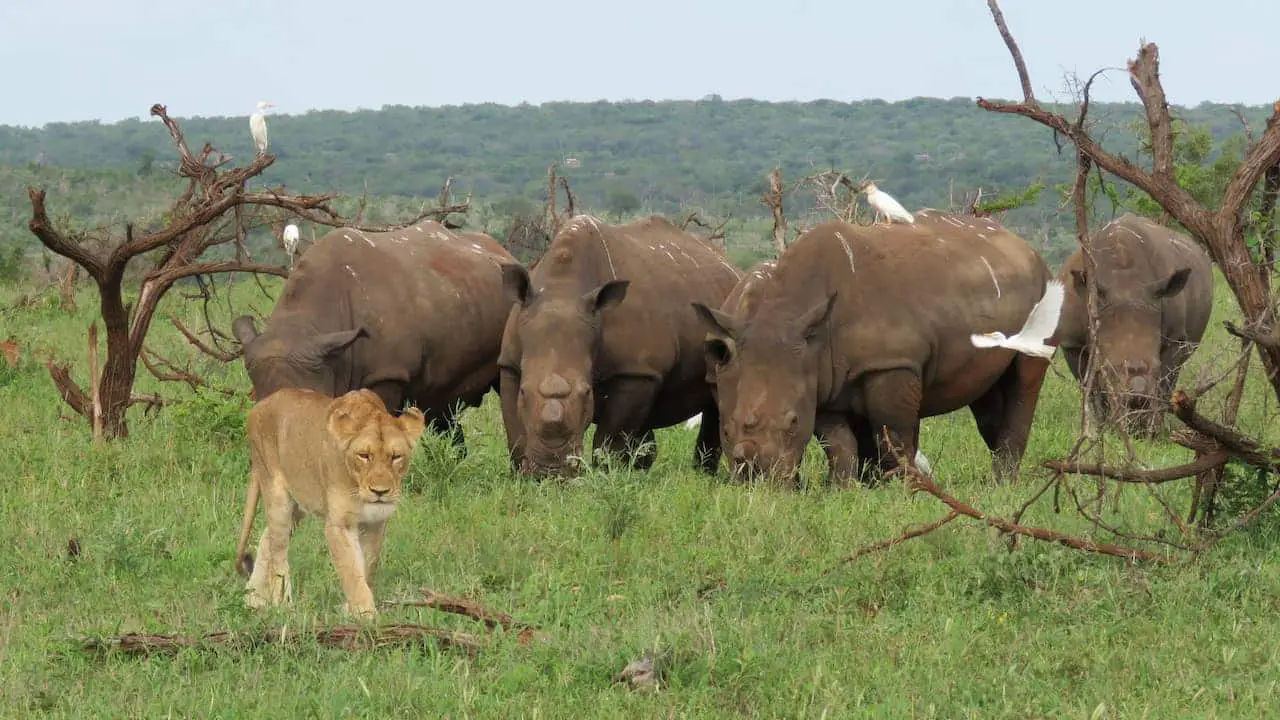Understanding Environmental Tourism – Part 3
Part 1 in this series covered environmental impacts, while Part 2 dealt with the environmental impacts of tourism from a global perspective. Part 3, deals with the environmental conservation aspect of tourism.
Tourism and Environmental Conservation
The tourism industry can contribute to conservation through:
Direct financial contributions. Tourism can contribute directly to the conservation of sensitive areas and habitat. Revenue from park-entrance fees and similar sources can be allocated specifically to pay for the protection and management of environmentally sensitive areas. Special fees for park operations or conservation activities can be collected from tourists or tour operators.
[box type=”info” align=”alignleft” width=”6″ ]The tour operator Discovery Initiatives, which is a member of the Tour Operators Initiative for Sustainable Tourism Development, makes an annual financial contribution to the Orangutan Foundation of some US$ 45,000. The money is earned from only 5 tour groups of 10 people each visiting the Tanjing Putting National Park in Central Kalimantan. The park is under huge pressures from deforestation and river pollution from unrestricted gold mining. This money directly funds park staff and rangers, rehabilitation efforts for young orangutans, and the care center. It provides almost the only economic support for saving this park, where the park fees are officially only the equivalent of 12 pence a day.[/box]
Contributions to government revenues. Some governments collect money in more far-reaching and indirect ways that are not linked to specific parks or conservation areas. User fees, income taxes, taxes on sales or rental of recreation equipment, and license fees for activities such as hunting and fishing can provide governments with the funds needed to manage natural resources. Such funds can be used for overall conservation programs and activities, such as park ranger salaries and park maintenance.
[box type=”info” align=”alignleft” width=”6″ ]The Seychelles, for example, is introducing a US$ 90 tax on travelers entering the Seychelles. Revenue will be used to preserve the environment and improve tourism facilities. For Costa Rica, tourism represents 72% of national monetary reserves, generates 140,000 jobs and produces 8.4% of the gross domestic product. The country has 25% of its territory classified under some category of conservation management. In 1999, protected areas welcomed 866,083 national and foreign tourists, who generated about US$ 2.5 million in admission fees and payment of services.[/box]
Improved environmental management and planning. Sound environmental management of tourism facilities and especially hotels can increase the benefits to natural areas. But this requires careful planning for controlled development, based on analysis of the environmental resources of the area. Planning helps to make choices between conflicting uses or to find ways to make them compatible. By planning early for tourism development, damaging and expensive mistakes can be prevented, avoiding the gradual deterioration of environmental assets significant to tourism.
[box type=”info” align=”alignleft” width=”6″ ]Cleaner production techniques can be important tools for planning and operating tourism facilities in a way that minimizes their environmental impacts. For example, green building (using energy-efficient and non-polluting construction materials, sewage systems and energy sources) is an increasingly important way for the tourism industry to decrease its impact on the environment. And because waste treatment and disposal are often major, long-term environmental problems in the tourism industry, pollution prevention is especially important for the tourism industry.[/box]
Environmental awareness raising. Tourism has the potential to increase public appreciation of the environment and to spread awareness of environmental problems when it brings people into closer contact with nature and the environment. This confrontation may heighten awareness of the value of nature and lead to environmentally conscious behaviour and activities to preserve the environment.
Protection and preservation. Tourism can significantly contribute to environmental protection, conservation and restoration of biological diversity and sustainable use of natural resources. Because of their attractiveness, pristine natural areas are valuable and the need to keep the attraction alive can lead to the creation of national parks and wildlife parks.
Tourism has had a positive effect on wildlife preservation and protection efforts, notably in Africa but also in South America, Asia, Australia, and the South Pacific. Numerous animal and plant species have already become extinct or may become extinct soon. Many countries have therefore established wildlife reserves and enacted strict laws protecting the animals that draw nature-loving tourists. As a result of these measures, several endangered species have begun to thrive again.
[box type=”info” align=”alignleft” width=”6″ ]In the Great Lakes region of Africa, mountain gorillas, one of the world’s most endangered great apes, play a critical ecological, economic and political role. Their habitat lies on the borders of northwestern Rwanda, eastern Democratic Republic of Congo and southwestern Uganda. Despite 10 years of political crisis and civil war in the region, the need for revenue from ape-related tourism has led all sides in the conflict to cooperate in protecting the apes and their habitat. Establishment of a gorilla tracking permit, which costs US$ 250 plus park fees, means that just three habituated gorilla groups of about 38 individuals in total can generate over US$ 3 million in revenue per year, making each individual worth nearly US$ 90,000 a year to Uganda. Tourism funds have contributed to development at the local, national and regional level. The presence of such a valuable tourism revenue source in the fragile afromontane forests ensures that these critical habitats are protected, thus fulfilling their valuable ecological function including local climate regulation, water catchment, and natural resources for local communities. Source: UNEP Great Apes Survival Project and Discovery Initiatives.[/box]
Alternative employment. Tourism can provide an alternative to development scenarios that may have greater environmental impacts. The Eco-escuela de Español, a Spanish language school created in 1996 as part of a Conservation International project in the Guatemalan village of San Andres, is an example. The community-owned school, located in the Maya Biosphere Reserve, combines individual language courses with homestay opportunities and community-led eco-tours. It receives around 1,800 tourists yearly, mostly from the US and Europe, and employs almost 100 residents, of whom around 60% were previously engaged in mostly illegal timber extraction, hunting and milpas, or slash-and-burn agriculture.
Careful monitoring in 2000 has shown that, among the families benefiting from the business, the majority has significantly reduced hunting practices and the number and extension of “slash-and-burn” agricultural plots.
Furthermore, as most families in the village benefit directly or indirectly from the school, community-managed private reserves have been established, and social pressure against hunting has increased.
Regulatory measures. Regulatory measures help offset negative impacts; for instance, controls on the number of tourist activities and movement of visitors within protected areas can limit impacts on the ecosystem and help maintain the integrity and vitality of the site. Such limits can also reduce the negative impacts on resources.
Limits should be established after an in-depth analysis of the maximum sustainable visitor capacity. This strategy is being used in the Galapagos Islands, where the number of ships allowed to cruise this remote archipelago is limited, and only designated islands can be visited, ensuring visitors have little impact on the sensitive environment and animal habitats.
Published with acknowledgement to the United Nations Environment Programme www.unep.org
About the United Nations Environment Programme (UNEP) Tourism and Environment Programme. Aware of and concerned about the negative environmental and social impacts of tourism, as well as the opportunities it offers, Ministers of the Environment have decided to give due consideration to this major issue with the aim of creating the adequate policy context to make the tourism industry sustainable. To that end, UNEP has been appointed by the Commission on Sustainable Development (CSD) as the Interagency Coordinator or lead agency responsible for the implementation of Agenda 21 issues on tourism. Together with the World Tourism Organization, UNEP is the main focal point on sustainable tourism for CSD and the Convention on Biological Diversity.






